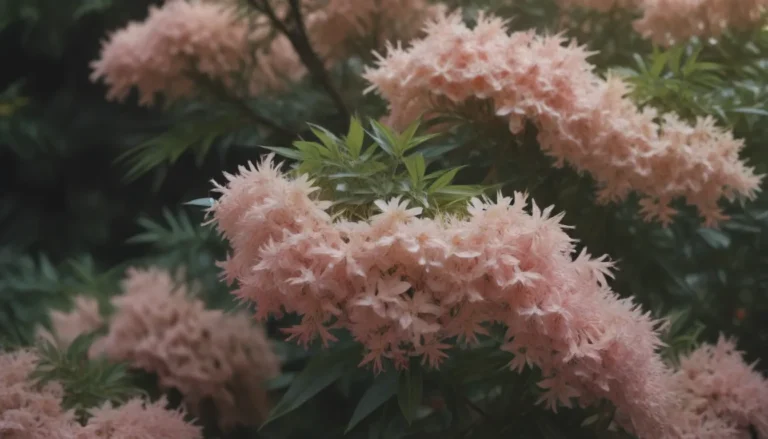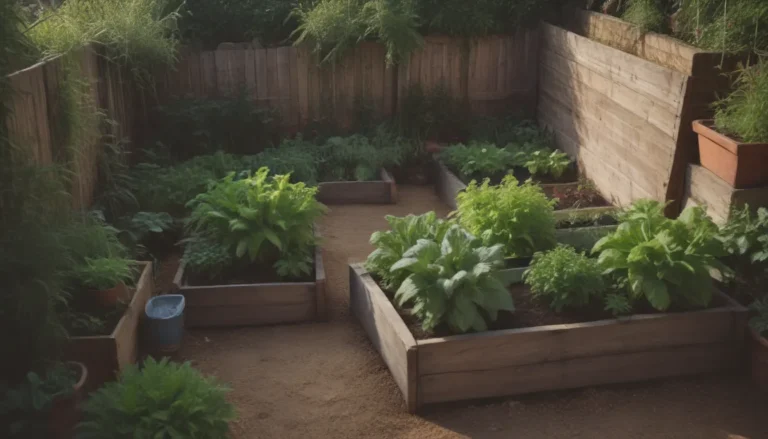The Ultimate Guide to Growing and Caring for Red Tip Photinia

Red tip photinia, also recognized as Fraser photinia, is a stunning shrub famous for its vibrant red leaves. Whether you’re a seasoned gardener or just starting out, this versatile plant is a great addition to any garden. In this comprehensive guide, we will dive deep into everything you need to know about growing and caring for red tip photinia so you can enjoy its beauty all year round.
Introduction to Red Tip Photinia
Before we get into the nitty-gritty details of caring for red tip photinia, let’s learn a bit more about this eye-catching shrub. Red tip photinia is a broadleaf hybrid plant that thrives in full sun but can also tolerate partial shade. It prefers alkaline, well-draining soil and is even fairly drought-tolerant. However, it’s important to note that red tip photinia is toxic to horses, so take precautions if you have these animals around.
Red Tip Photinia Care Tips
Growing red tip photinia is not as challenging as it may seem, especially if you live in USDA hardiness zones 7 or 8. Here are some essential care tips to help your red tip photinia thrive:
Light
Red tip photinia can tolerate a wide range of sunlight exposure, from full shade to full sun. However, in hot climates, it’s best to provide partial shade to protect the plant from the scorching afternoon sun. In cooler regions, full sun is preferable. Plant your red tip photinia in a north- or east-facing location for optimal growth.
Soil
Ensure you plant your red tip photinia in loamy, well-drained soil with good air circulation. Amend heavy clay soils with compost before planting to improve drainage. This shrub thrives in alkaline soil, so make sure to provide the right environment for it to flourish.
Water
Once established, red tip photinia can tolerate short periods of drought. Water the plant weekly during dry periods, focusing on the base to avoid wetting the leaves. Aim for about an inch of water per week, combining rainfall and irrigation. In the first two years, regular watering is crucial for healthy growth.
Temperature and Humidity
Red tip photinia thrives in USDA growing zones 7 to 8, with good airflow to prevent fungal diseases. Avoid planting in very wet, humid environments, as this can hinder the plant’s growth. In zone 6, provide a sheltered location with adequate air circulation to promote healthy growth.
Fertilizer
While red tip photinia generally doesn’t require fertilizer, you may need to feed it if your soil is nutrient-deficient. Use a slow-release organic fertilizer in early spring when new growth begins. Conduct a soil test to determine if fertilization is necessary.
Types of Red Tip Photinia
Photinia comes in various varieties, each with its unique characteristics. Some popular types of red tip photinia include:
- Photinia x fraseri ‘Red Robin’
- Photinia x fraseri ‘Little Red Robin’
- Photinia x fraseri ‘Pink Marble’
Pruning Red Tip Photinia
Pruning is essential for maintaining the health and shape of your red tip photinia. Here are some pruning tips to keep your shrub in top condition:
- Thin your shrub in winter by removing some stems to improve air circulation.
- Train the plant to grow as a tree by selecting a central leader and pruning competing shoots.
- Regular pruning encourages new growth and helps maintain a tidy appearance.
Propagating Red Tip Photinia
Propagation of red tip photinia is done through stem cuttings, as the plant does not produce true seeds. Follow these steps to propagate your red tip photinia successfully:
- Take semi-hardwood stem cuttings in mid- to late summer.
- Root the cuttings in pots and plant them before frost arrives for best results.
Overwintering Red Tip Photinia
In colder regions, protect your red tip photinia from winter cold by covering the root crown with a layer of dry mulch. Shield the individual shoots with burlap to safeguard the flowering buds. These steps are crucial for preserving the plant’s health during winter.
Common Pests & Plant Diseases
Red tip photinia is susceptible to fungal diseases such as E. maculatum fungus and leaf spot, especially in wet and humid conditions. Proper care, including keeping the leaves dry and removing diseased foliage, can help prevent these issues. Some common pests that may affect red tip photinia include caterpillars, mites, and scale insects.
How to Encourage Blooming in Red Tip Photinia
Blooming is a crucial aspect of red tip photinia’s beauty. Here are some tips to encourage your plant to bloom:
- Ensure the plant receives ample sunlight.
- Protect new buds in winter to promote blooming.
- Regular pruning and fertilization can help maintain consistent blooming.
Common Problems With Red Tip Photinia
While red tip photinia is a resilient plant, it may encounter some issues. Here are a few common problems and how to address them:
- Inadequate sunlight or cold weather can prevent the plant from displaying its signature red leaves.
- The flowers of red tip photinia emit an unpleasant odor, which can be managed through rigorous pruning.
- To prevent leggy growth, perform regular pruning and provide adequate sunlight and nutrients.
With proper care and attention, your red tip photinia can thrive and enhance the beauty of your garden for years to come.
In conclusion, growing and caring for red tip photinia can be a rewarding experience for any gardener. By following the tips and guidelines outlined in this comprehensive guide, you can ensure that your red tip photinia remains healthy and vibrant throughout the seasons. Whether you’re a seasoned pro or a beginner, incorporating this beautiful shrub into your garden can add a pop of color and elegance to your outdoor space. Remember to provide the right light, soil, and nutrients, and your red tip photinia will flourish for years to come. Happy gardening!





